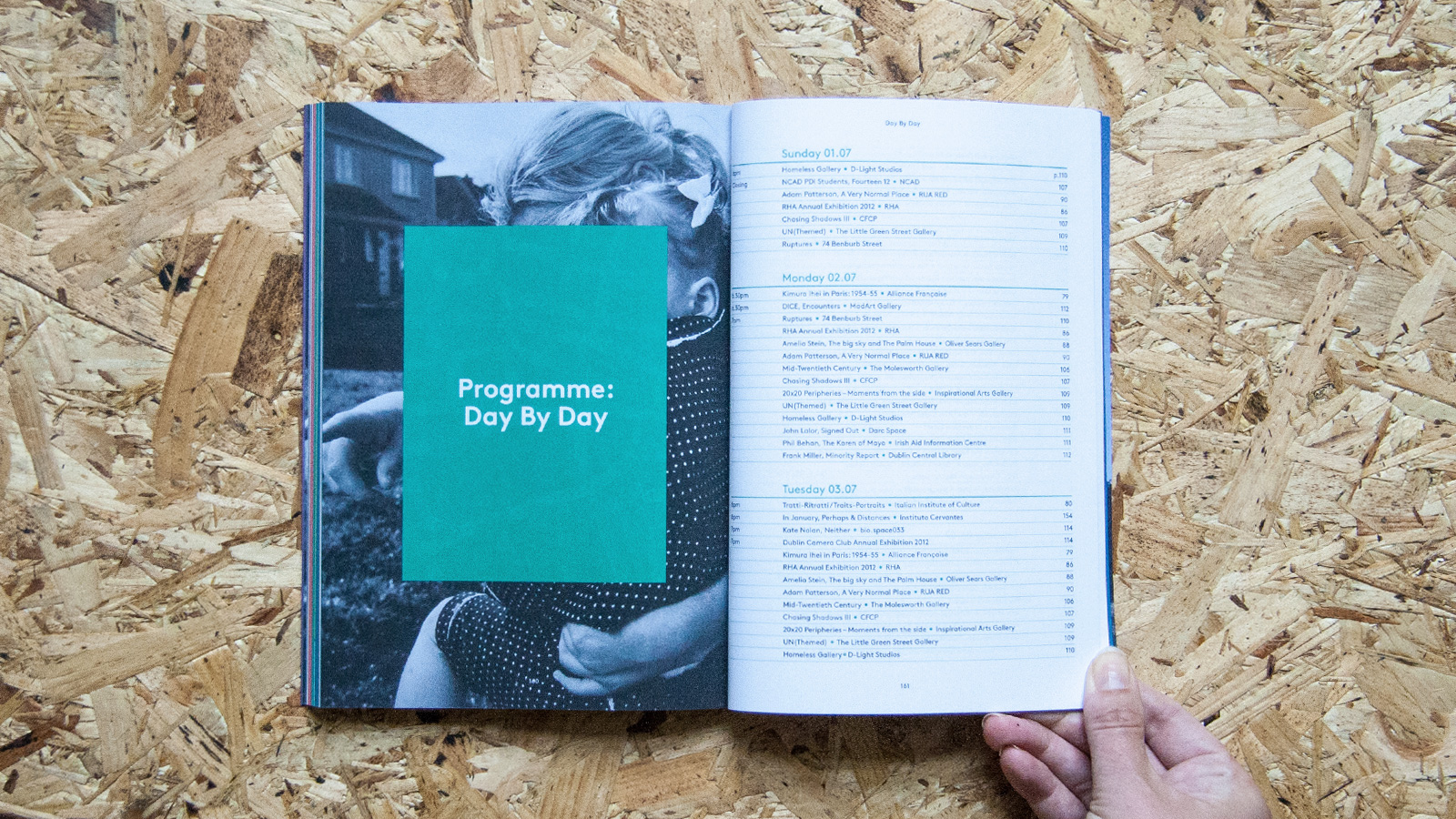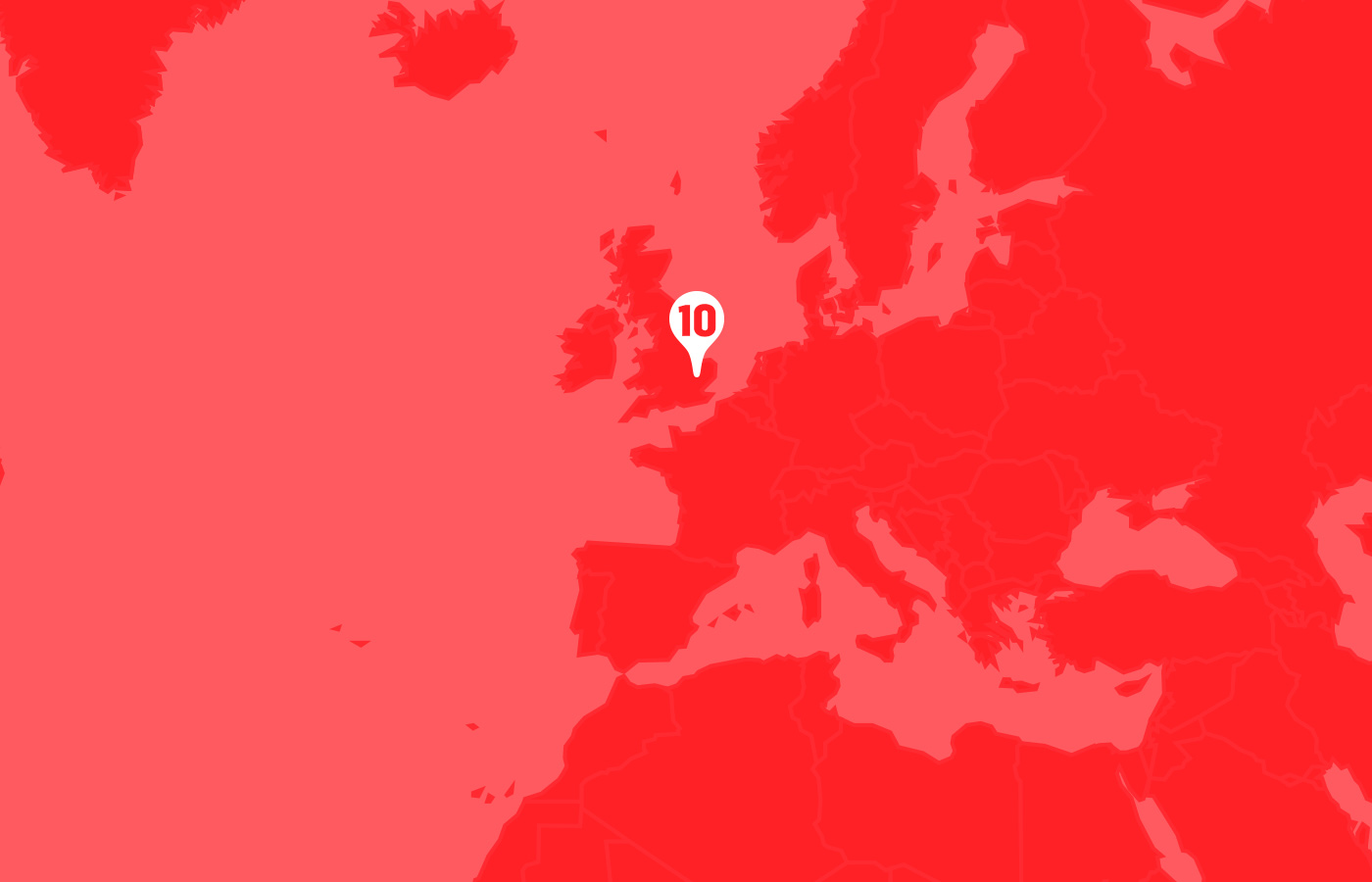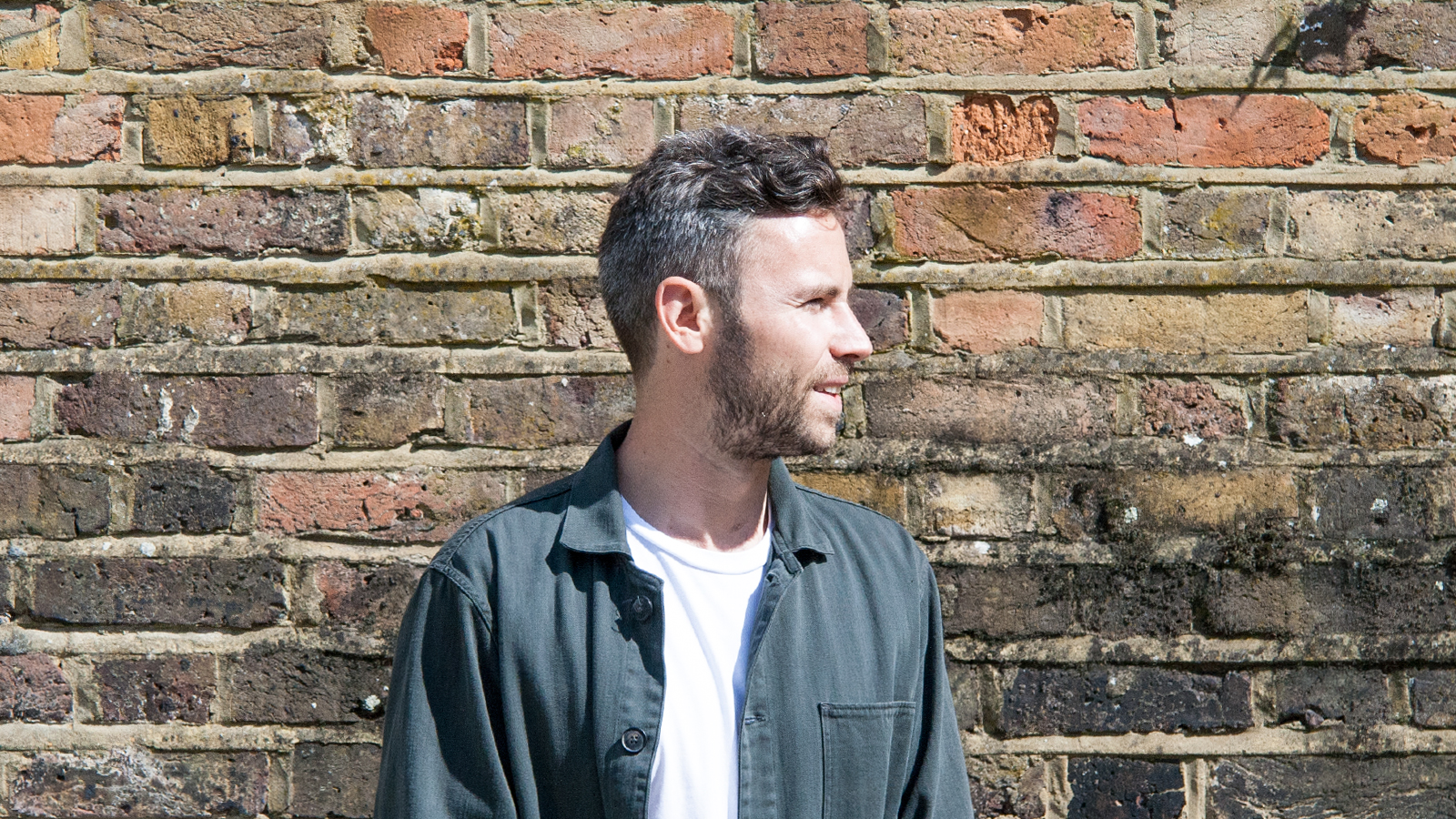
01. Where are you in and why are you there?
London. After a few years working in Dublin and Berlin, I wanted to challenge myself by trying to work with international brands on bigger projects — London seemed like a natural move to achieve this. Having lots of friends here made the move very easy.
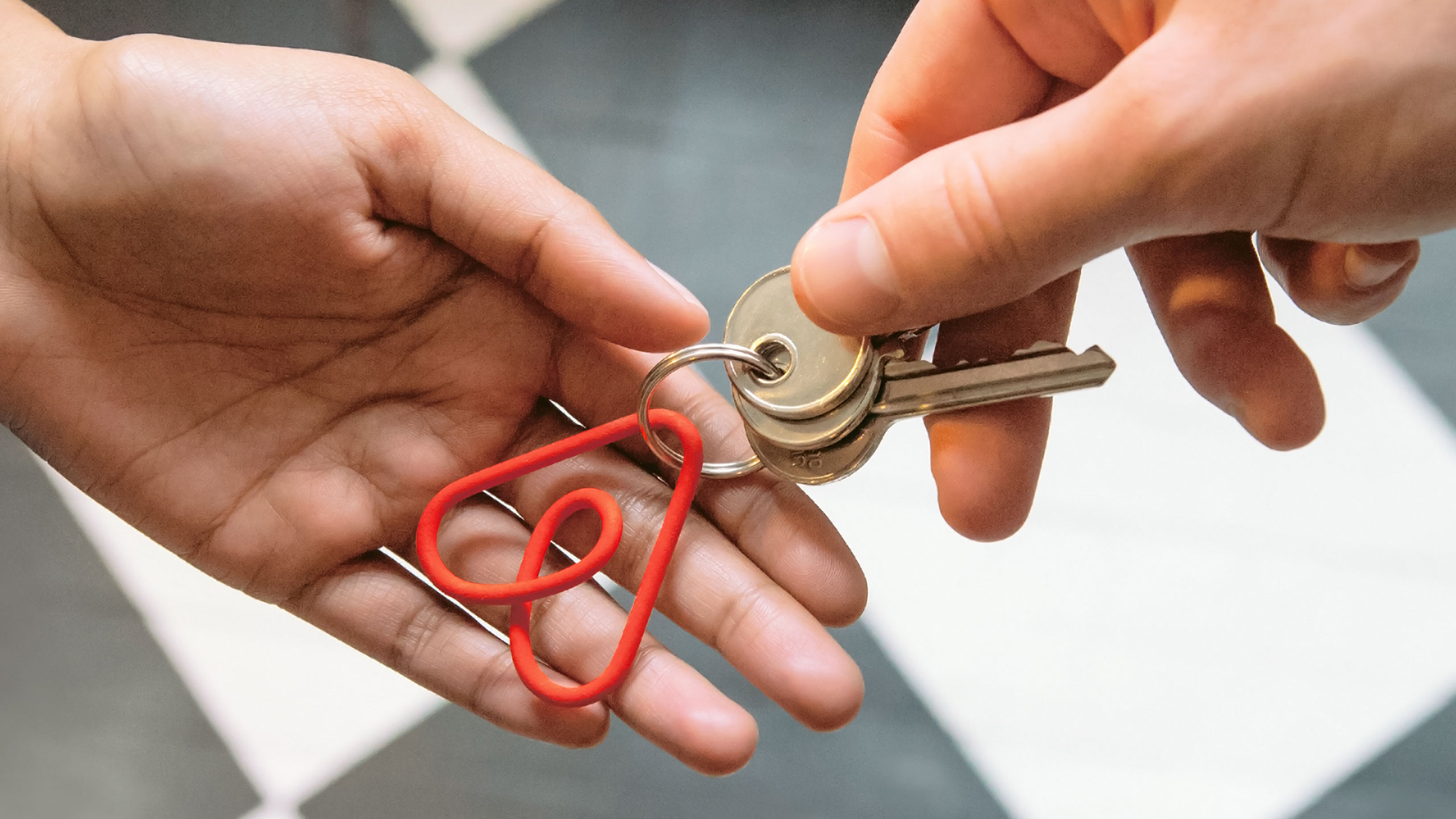
02. Where are you working? How did you get there?
I currently work at DesignStudio. I joined them on a freelance basis in March 2013 — it was my first time working in such a multidisciplinary practise and I really enjoyed it from the get go. In my first week alone, projects included live action, CGI, an international photoshoot and a branding project. I felt that I could learn new skills here and grow as a designer. Shortly after I joined on a full-time basis. For the last year I have been part of the team working in London and San Francisco on the rebrand for Airbnb and its website/app redesign.
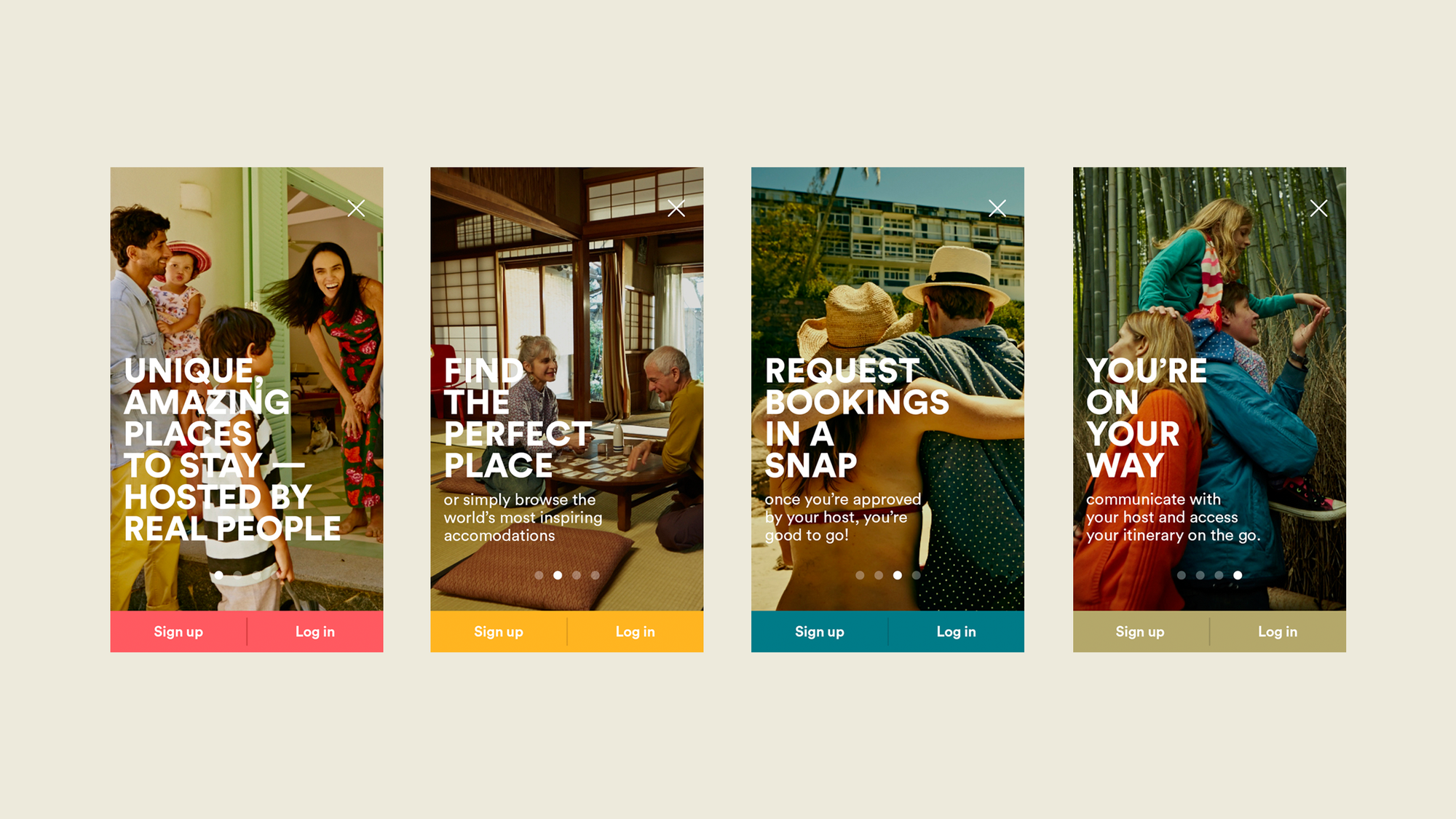
03. What's the studio and working culture like?
We have a strong culture created in the main by the variety of people who work here. There’s a talented set of designers, art directors, filmmakers, illustrators and CGI artists all working under one roof. This creates an interesting mix socially and creatively, especially when it comes to generating ideas. We have two amazing Creative Directors in James Greenfield and Ian Styles who really help tie everything together. When starting new projects we have no prescribed method of working. During Airbnb for example, we would fly to San Francisco and set up a pop up studio space within their office for weeks at a time. This helped us to understand their culture and work closely with all the stakeholders. At the same time sending other colleagues around the world on Airbnb to get a first hand understanding of the guest/host experience. It was what was needed on that particular job. What we did for Airbnb and the huge immersion session might not work for the next client, but there will be a process there for sure.
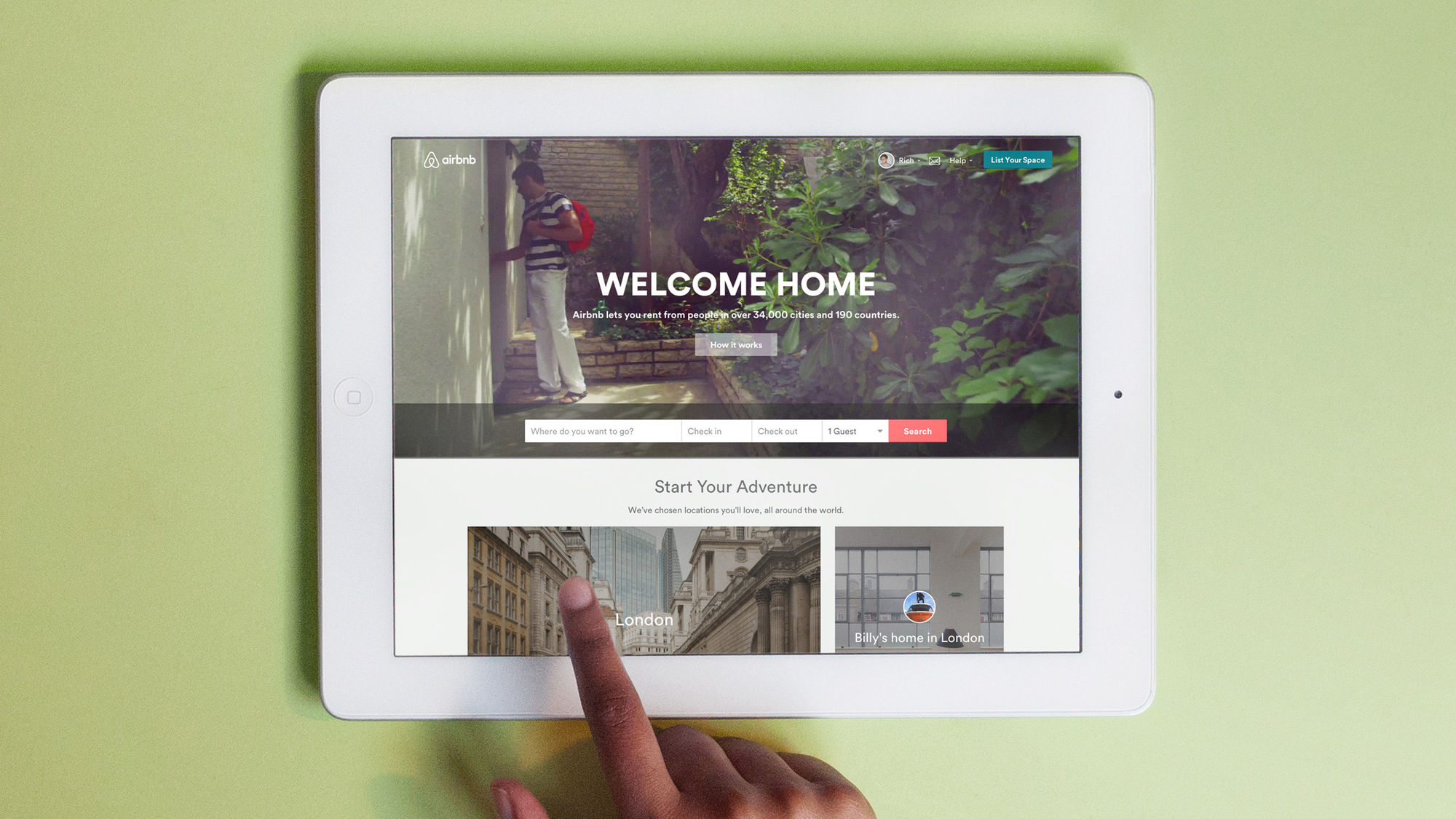
04. Irish designer or just 'designer'?
Irish designer, definitely. I think it’s incredibly important to identify where you came from and how it has shaped your perspective and opinion as a designer. Growing up in Chicago and spending lots of time in Amsterdam over the years, has given me an appreciation for their own approach to design as well. I find the area where these three places merge visually really interesting — while retaining my sense of Irish identity.
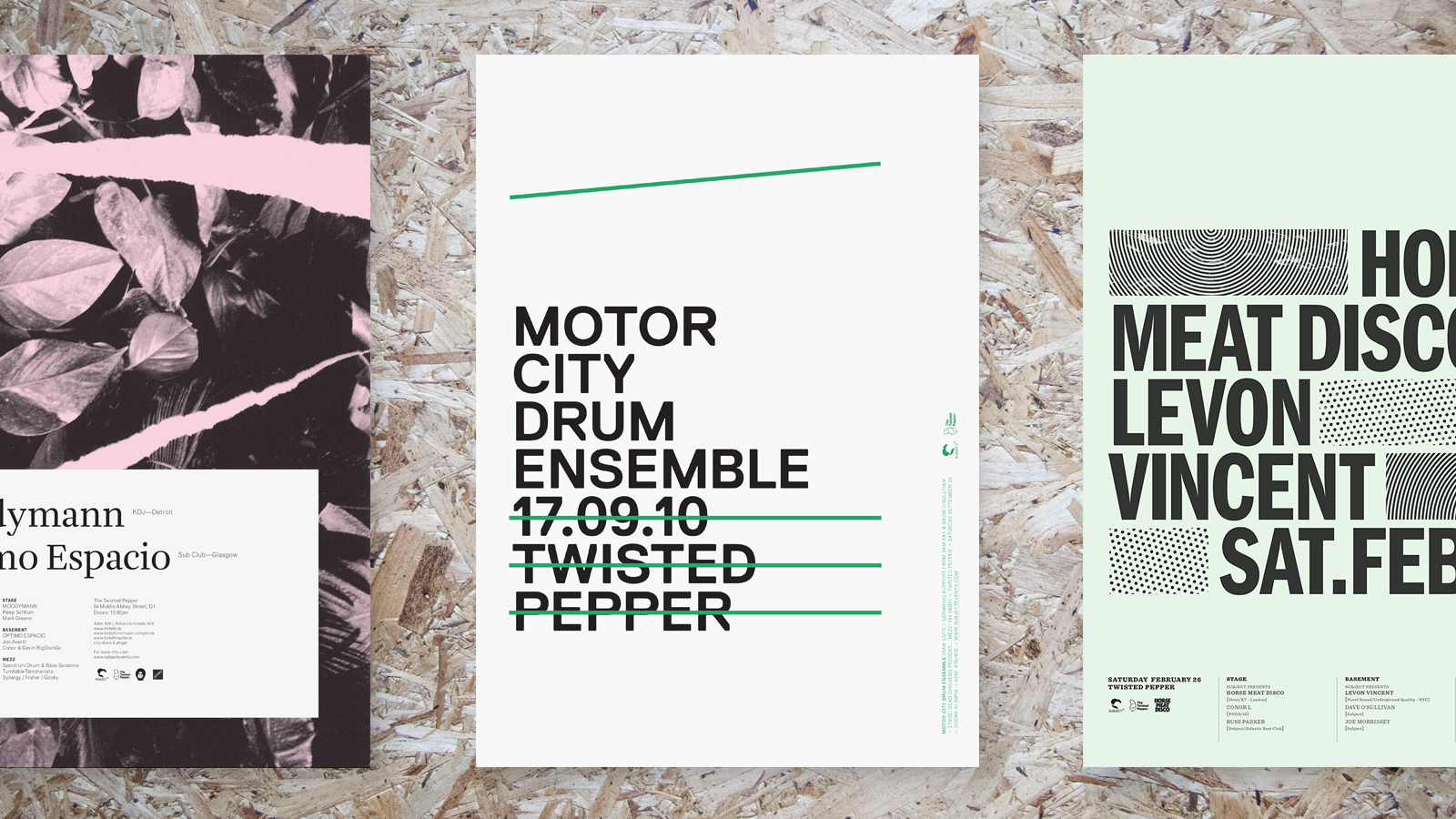
05. Do your Irish experiences set you apart in any way?
Going to NCAD I was fortunate enough to be in a year with lots of enthusiastic, talented and just… funny designers. The Irish sense of humour is such a huge part of who we are, and it obviously comes through in our design, whether in a subtle way through the use of type, or on a larger scale through art direction. I think we all thrived and had a positive influence on each other at NCAD. After college I was delighted to accept a place in the Threex3 programme, which is now in its eighth year. It was a great springboard into the world of professional practise. Working at three great Irish design studios over a relatively short amount of time opened my eyes to the variety of ways that studios operate here and gave me an idea of the type of designer I wanted to be. Also, working with Aiden Grenelle at Image Now was inspiring as he is a designer whose philosophy and outlook on life I really admire.
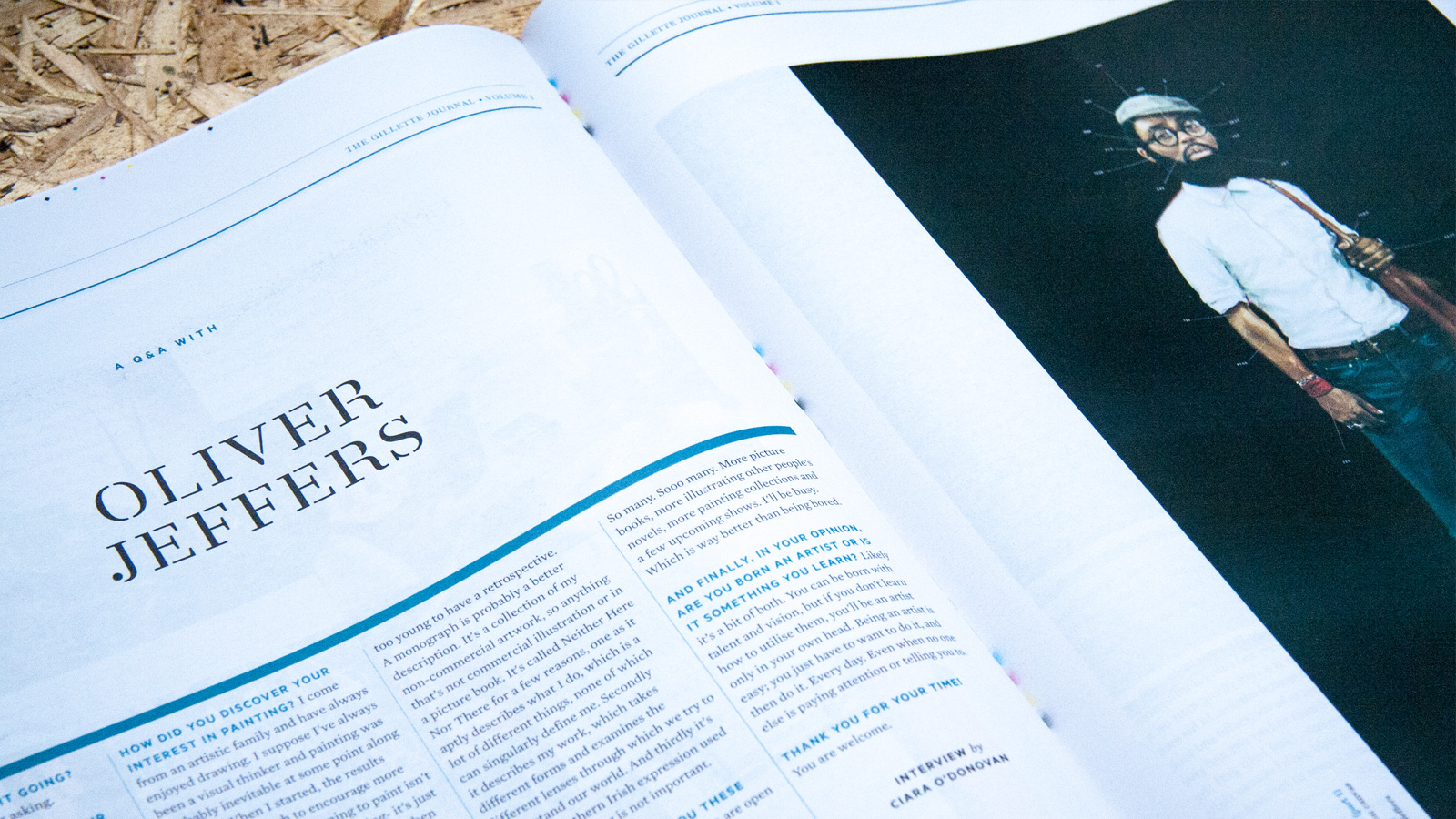
06. Do you keep an eye on what's happening here? Do your colleagues??
Of course. There’s a large network of Irish designers on Twitter and Instagram, so that is a great way of keeping up-to-date with what’s going on. It also allows for open and frank discussions regarding the world of both Irish and international design. I always try to make it back it back for OFFSET too, it’s incredibly encouraging to see it grow over the years on an international scale. Over the years, many of my colleagues from both London and Berlin have made the trip to Dublin and absolutely loved it.
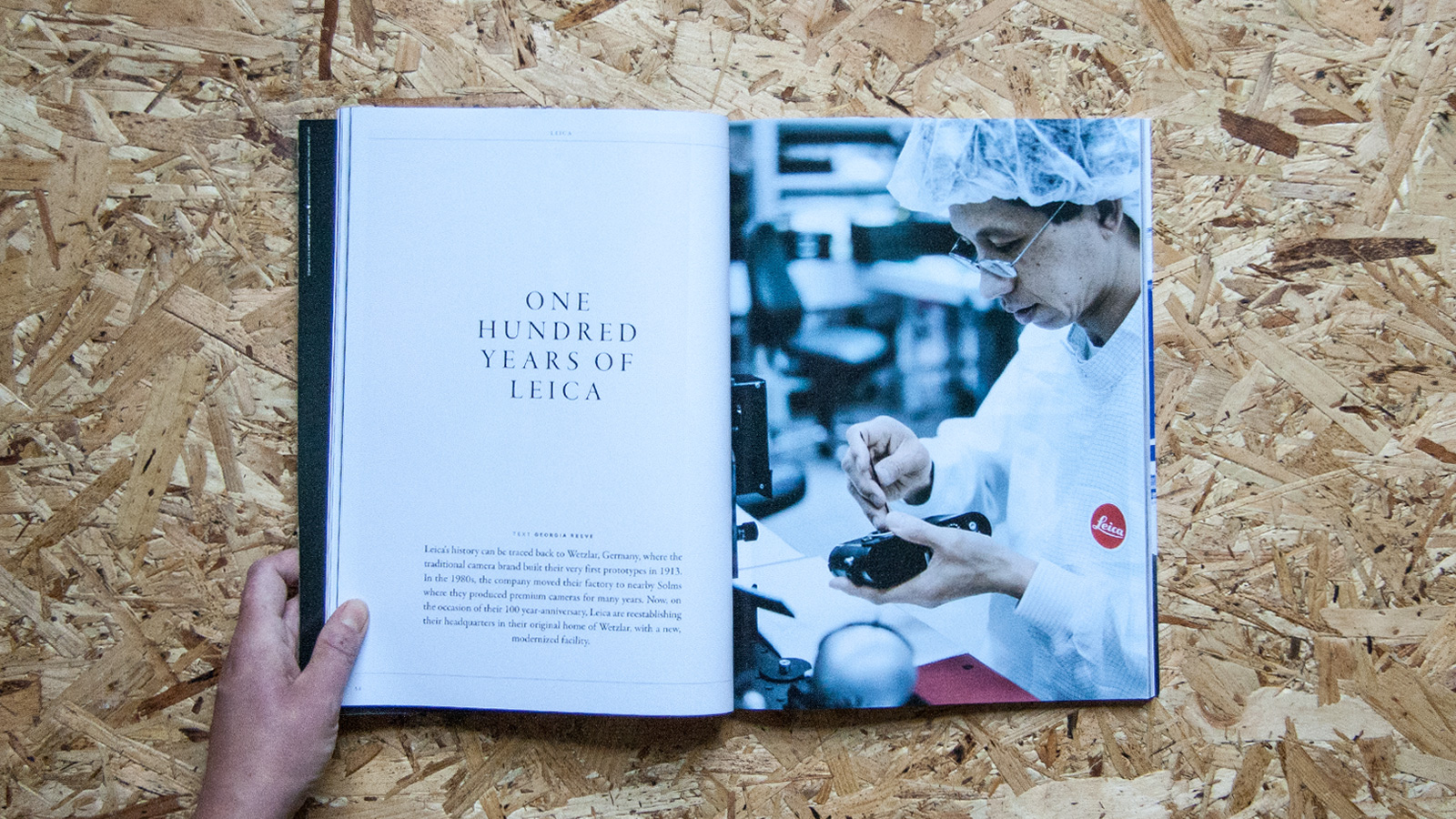
07. Are your colleagues there active in promoting and celebrating their design culture?
There are at least eight different nationalities working at DS, the influence of each can be seen in both our work and culture. We have an internal Tumblr that we update regularly with thoughts and inspiration. A Spanish designer might post a studio from Madrid that we might not have heard of, or I might post a project from Designgoat or Stephen Kelleher for example.
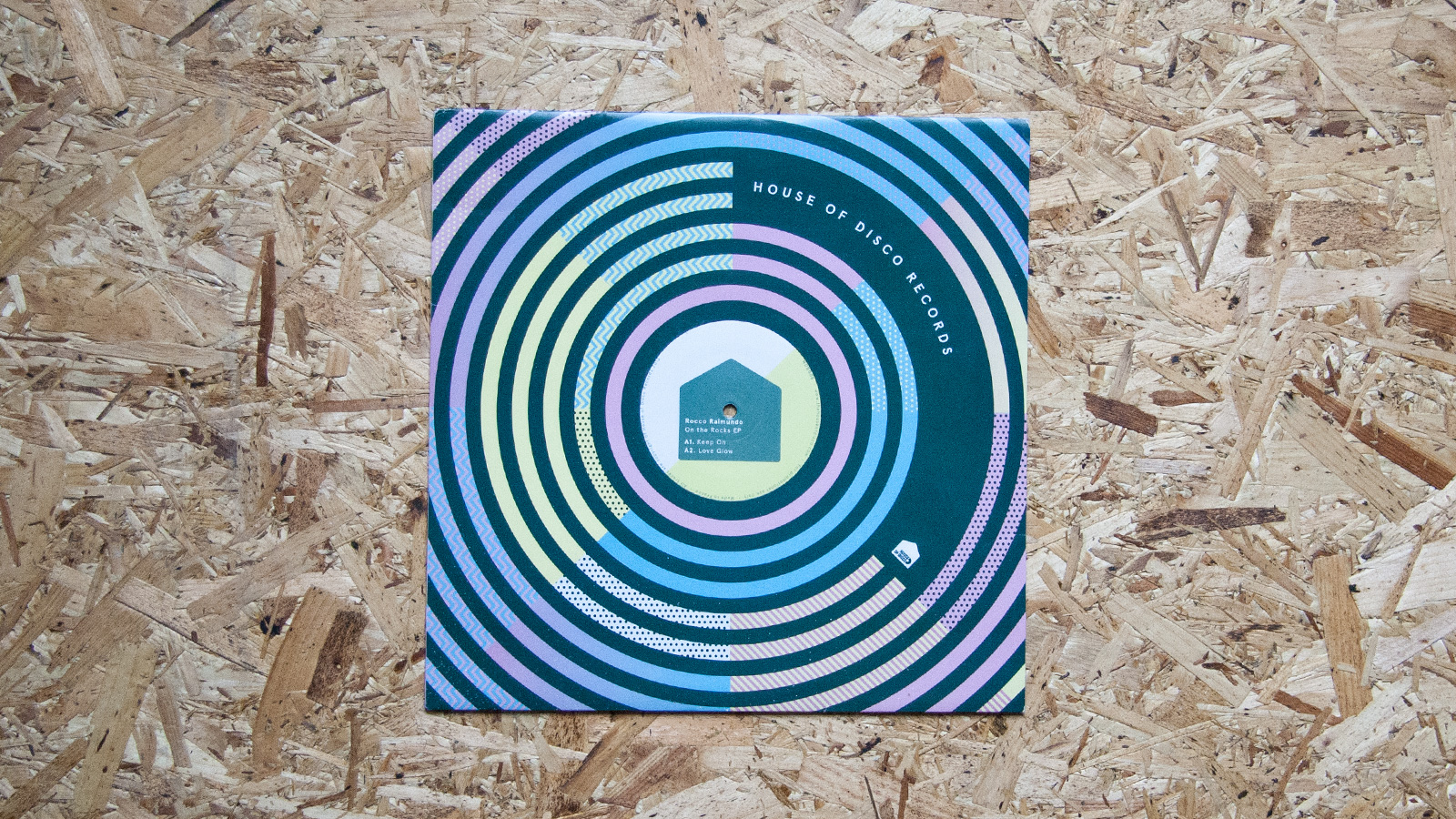
08. 3 Designers/studios there that you admire
Trevor Jackson — As the art director/designer behind countless seminal record covers, Trevor Jackson’s work has had a huge influence on me. Over the years, he has managed to create his own style by visually referencing various cultural, musical and fashion movements. This is especially evident through his use of typography.
Staat — These guys are the masters of lifestyle branding in my opinion, their work for Nike over the years has been nothing short of incredible.
Post Projects — An interesting young studio from Vancouver. Their attitude, style and ideas seem really progressive, yet practical.
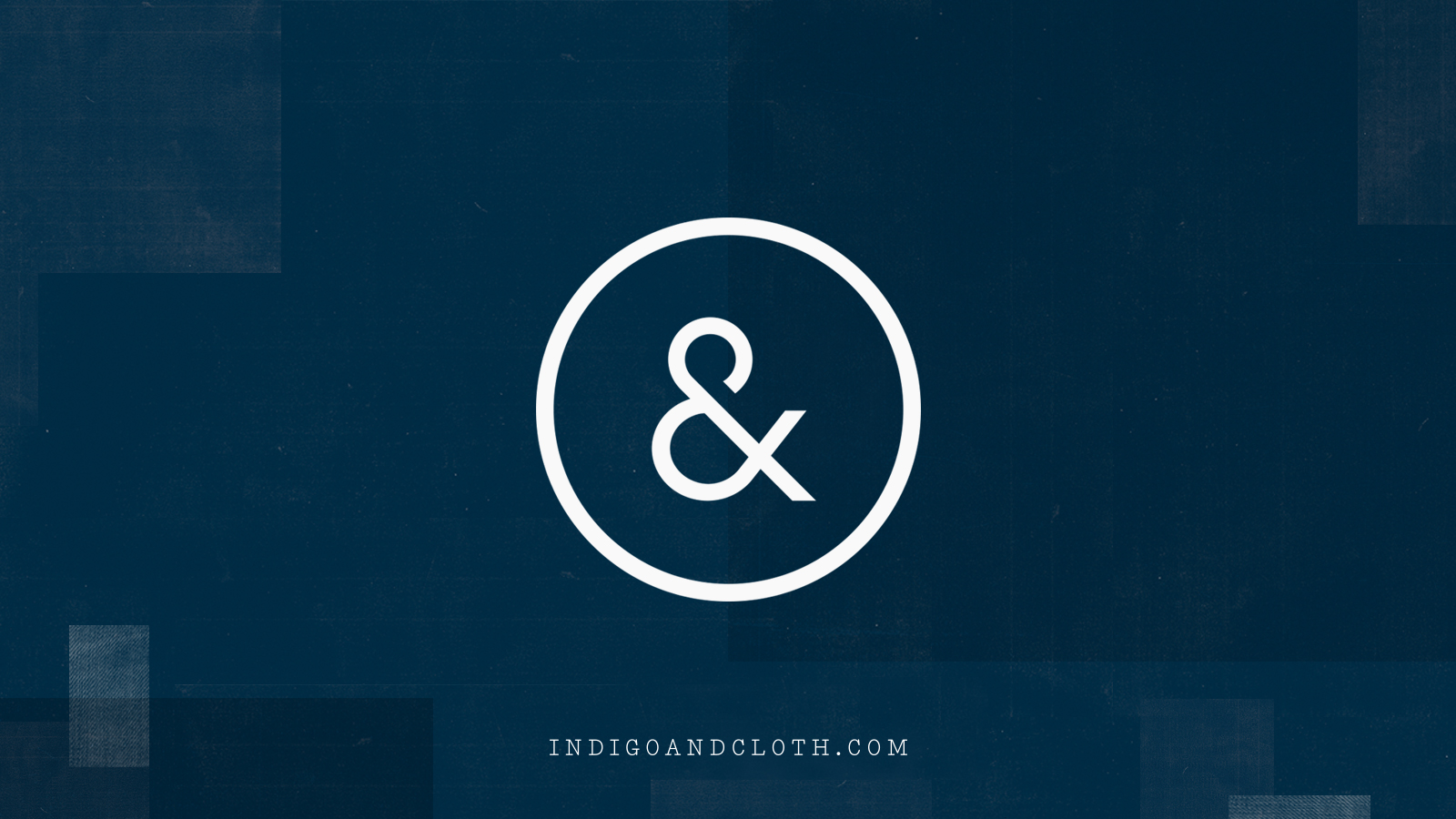
09. Is there an Irish designer or piece of design that inspired/inspires you?
Tough one this, as there’s been so much great stuff coming out of Ireland in recent times — the variety and quality of work on 100 Archive is solid evidence of this. Studio Aad’s work for the Dublin Fringe Festival stands out I guess. When you look back at that project you see that it’s a celebration of the expressive side of graphic design, we often get tied up in grids and type hierarchy etc, all that boring stuff that actually gives us kicks at the same time. It’s clear that Aad have developed a system, one that’s consistent — but the system they created allows for it to be messed about and take on the personality of the wide array of arts and performances that the Fringe offers. There’s a brilliant quote by Dutch furniture designer Tord Boontje: ‘Modernism does not mean minimalism, contemporary does not forsake tradition, and technology does not mean abandon people and senses’ I think Aad’s Fringe work is a great example of this sentiment.
I also vividly remember seeing David Smith’s ‘Foreign Affairs of Dutch Design’ poster hanging up in NCAD in the run up to the event (2006?) and being blown away by it. How he managed to capture the essence of Dutch design using type, colour and a confident idea was a real eye opener in a time when my own work was sitting in the more illustrative side of the design spectrum. I really admire David Smith’s passion and dedication for continuing to place craft at the heart of graphic design.
I have no doubt that the chaps at bypost.io represent a new wave of Irish studios that will go on to influence the next generation of designers.
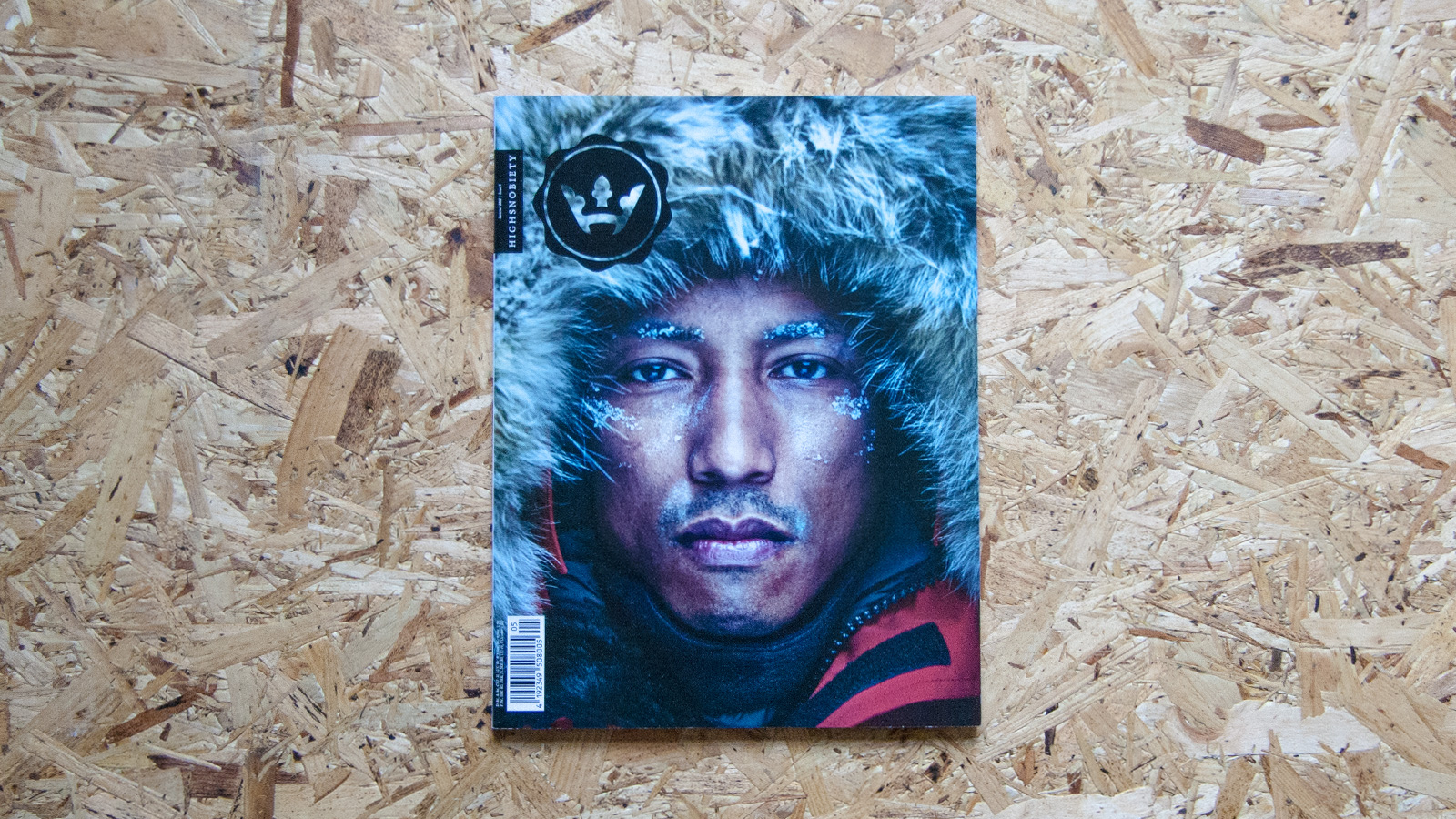
10. How do you/your workplace archive, record and promote it's projects?
Admittedly, I’m pretty terrible at documenting my own work. Without regular access to studio lighting it’s difficult to be consistent in how you catalogue work and get it to the standard you really want it to be. At DS things are different. We have marketing and business development people who really spread the word and work of the studio, they ensure that our voice is heard on the right websites and in the right publications. Occasionally we’ll organize events to talk about particular projects in greater detail. When it comes to documenting projects on our website, where possible we try to include a behind-the-scenes/making of film or process page. I think this is crucial in understanding what went in to a project — from beginning to end and the journey in-between. This is where I feel our documentation of the Airbnb rebrand was very successful. It showed the levels of immersion involved in truly understating a brand, its culture and its community. It’s way more than ‘post-it notes’. It’s a series of valuable and emotional exercises, where fundamental learnings need to be understood before any creative should begin. For us, as a studio, these documents act as great reference for future projects, enabling us to better understand brands and improve client relationships.
